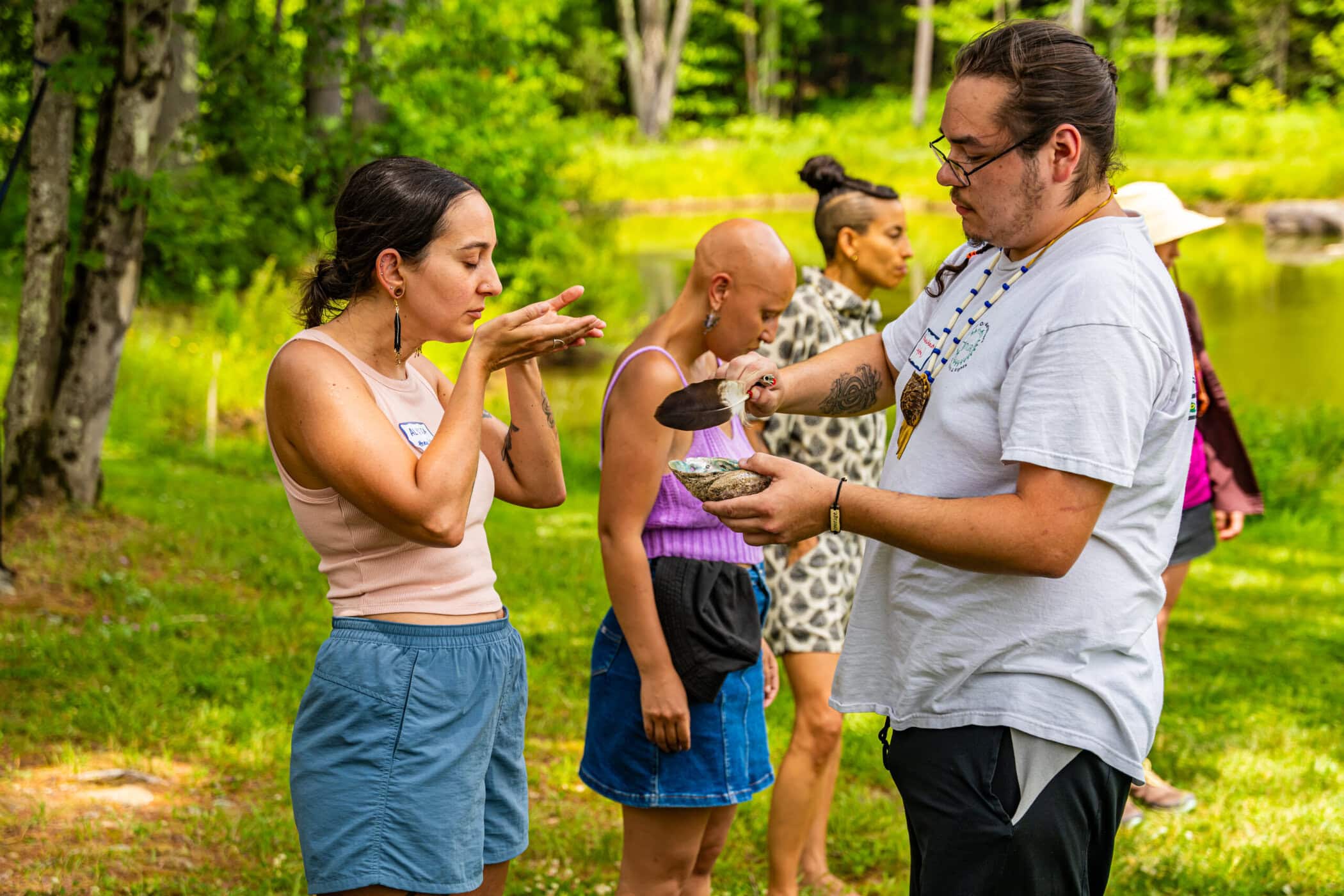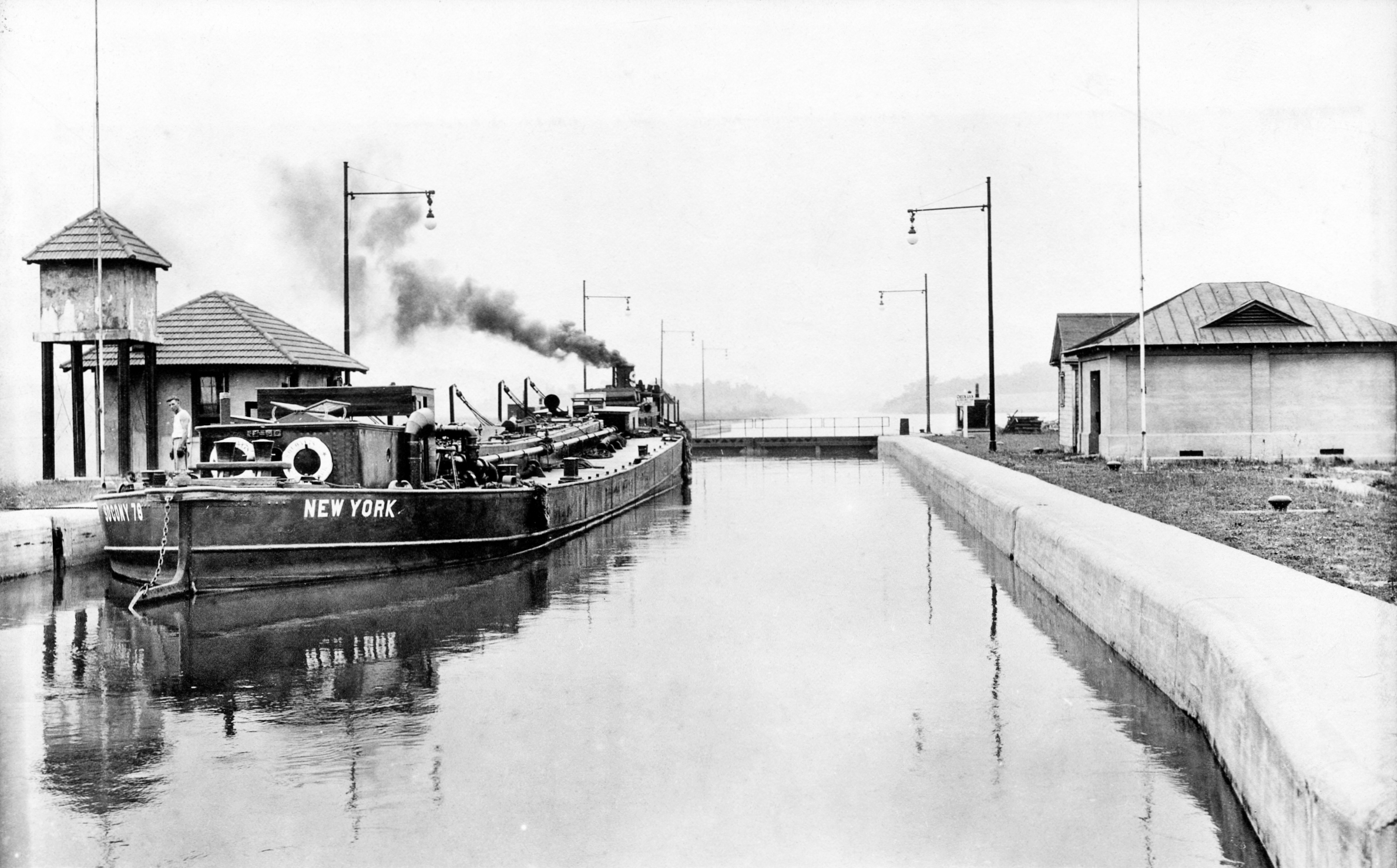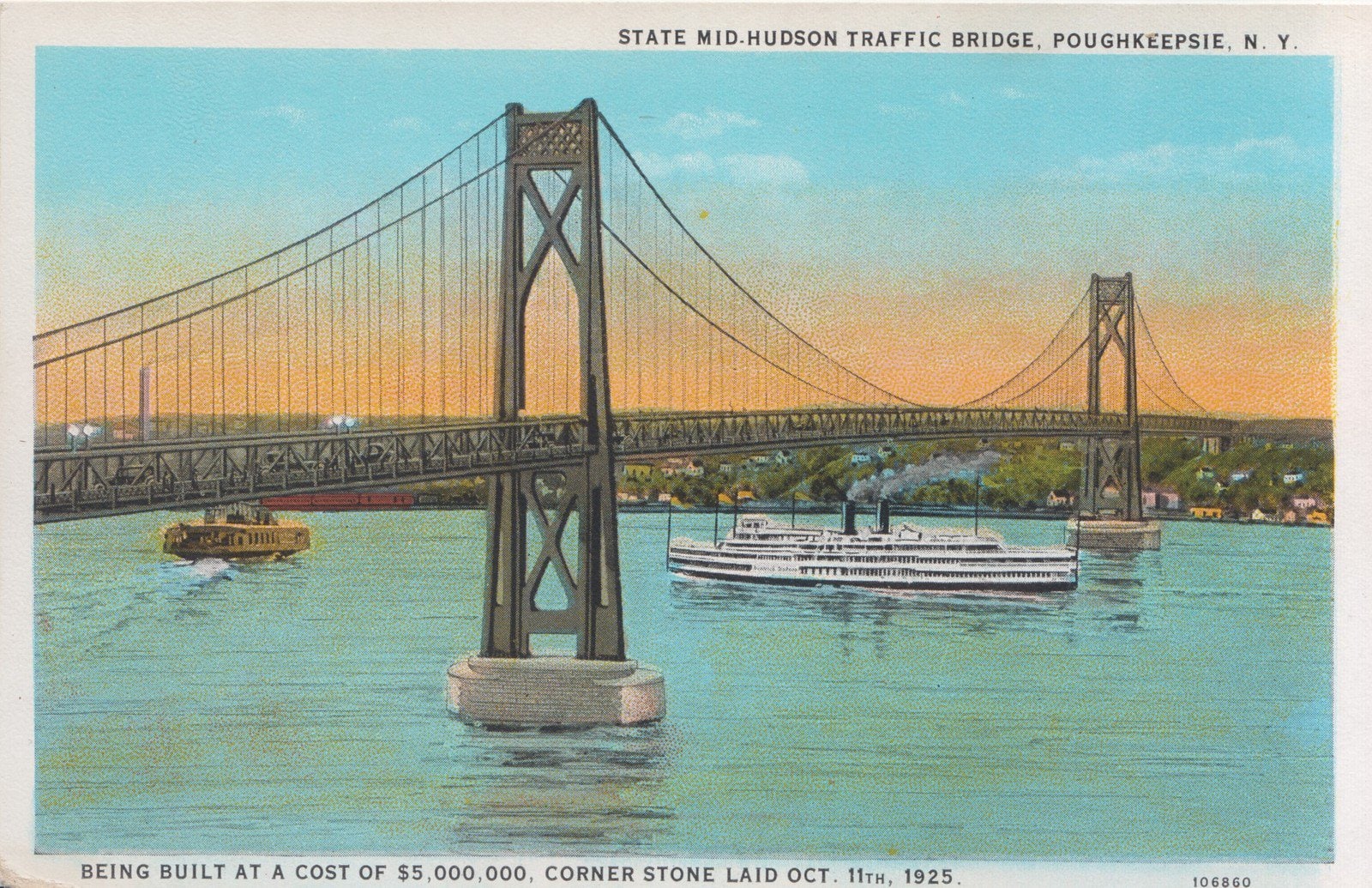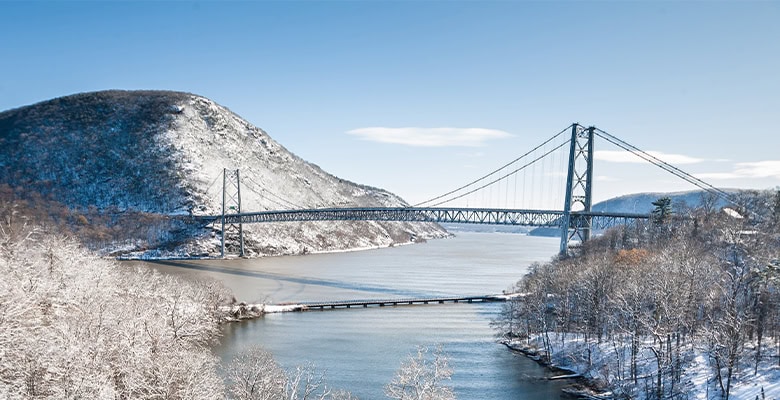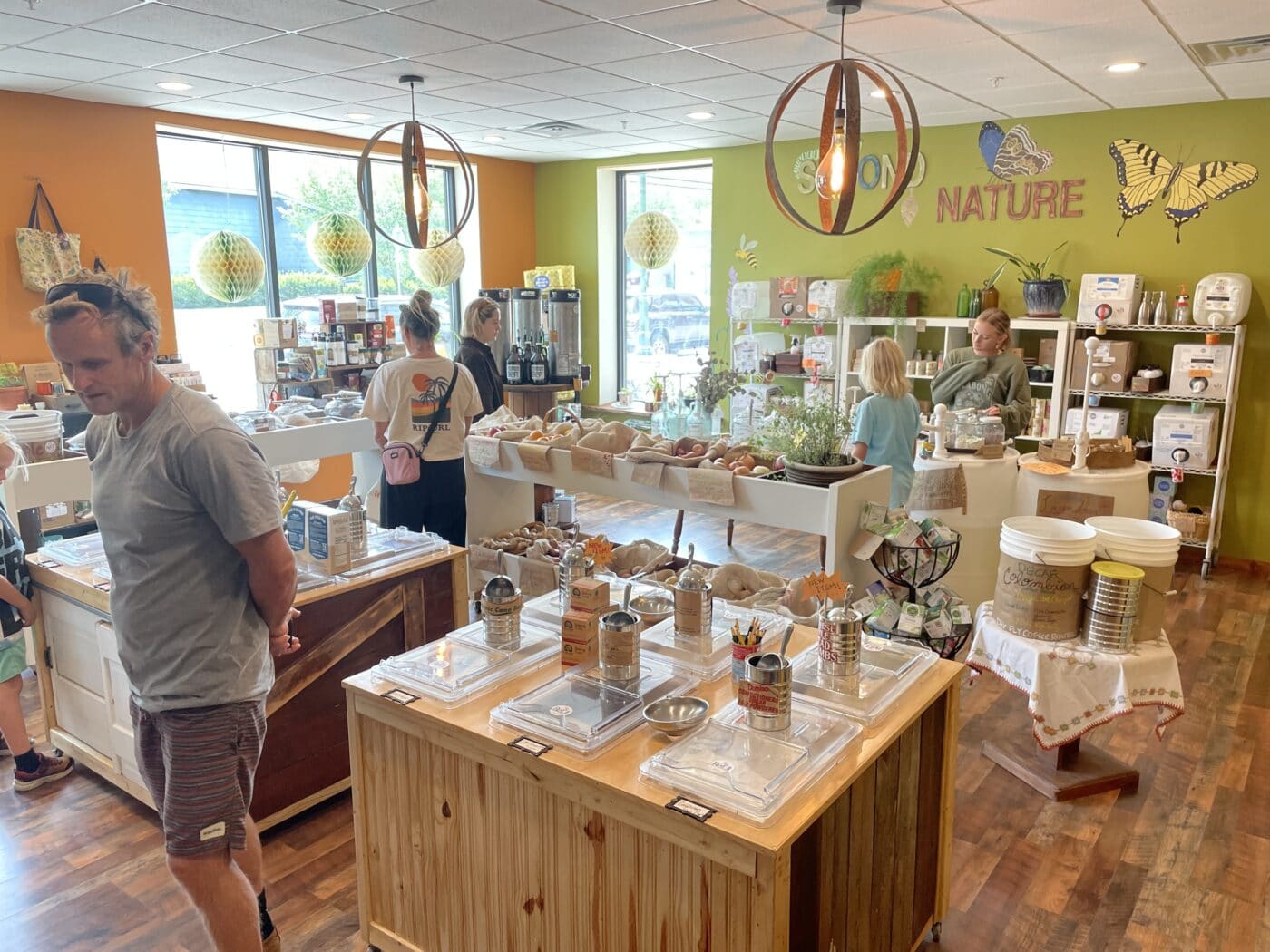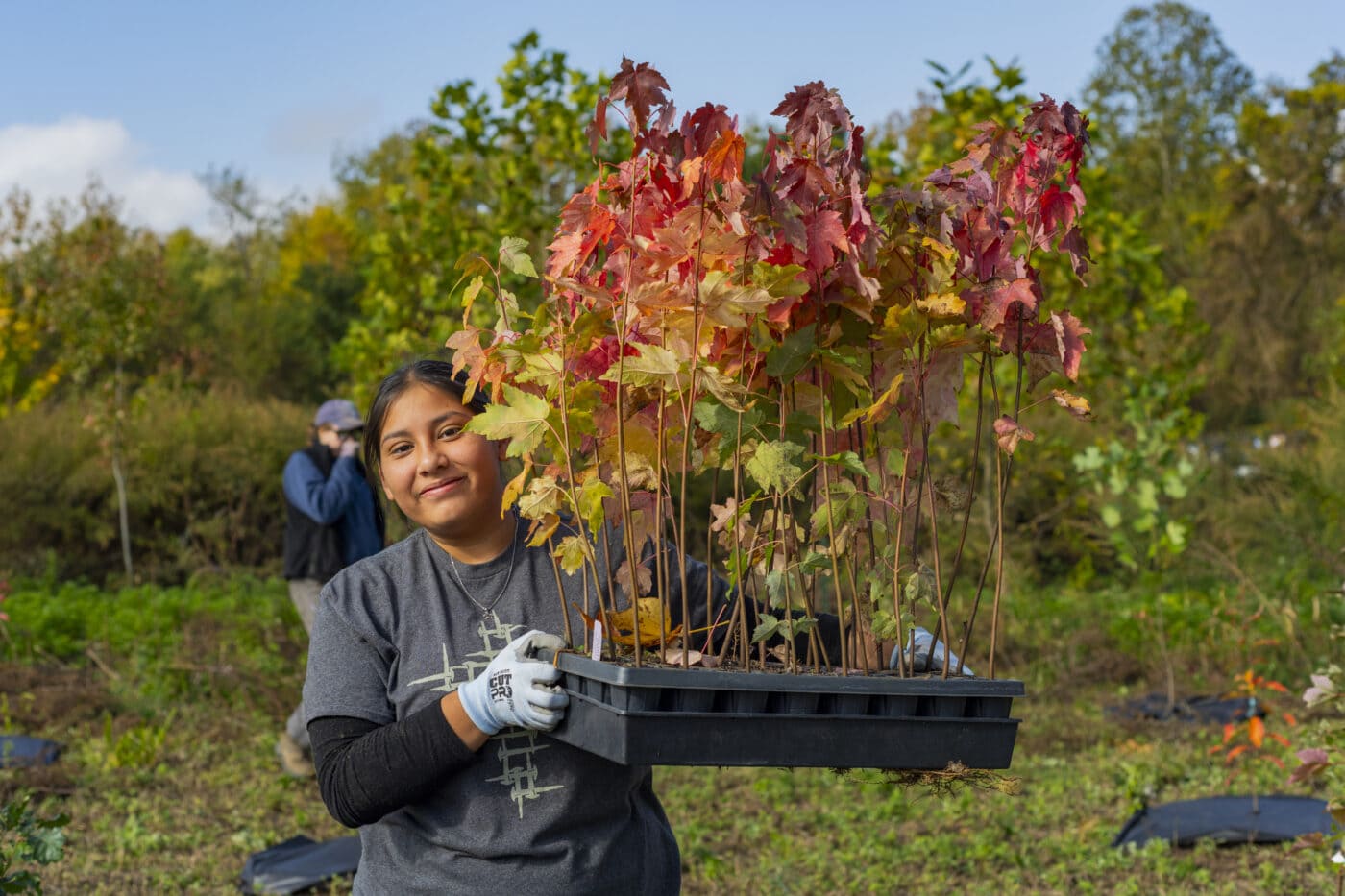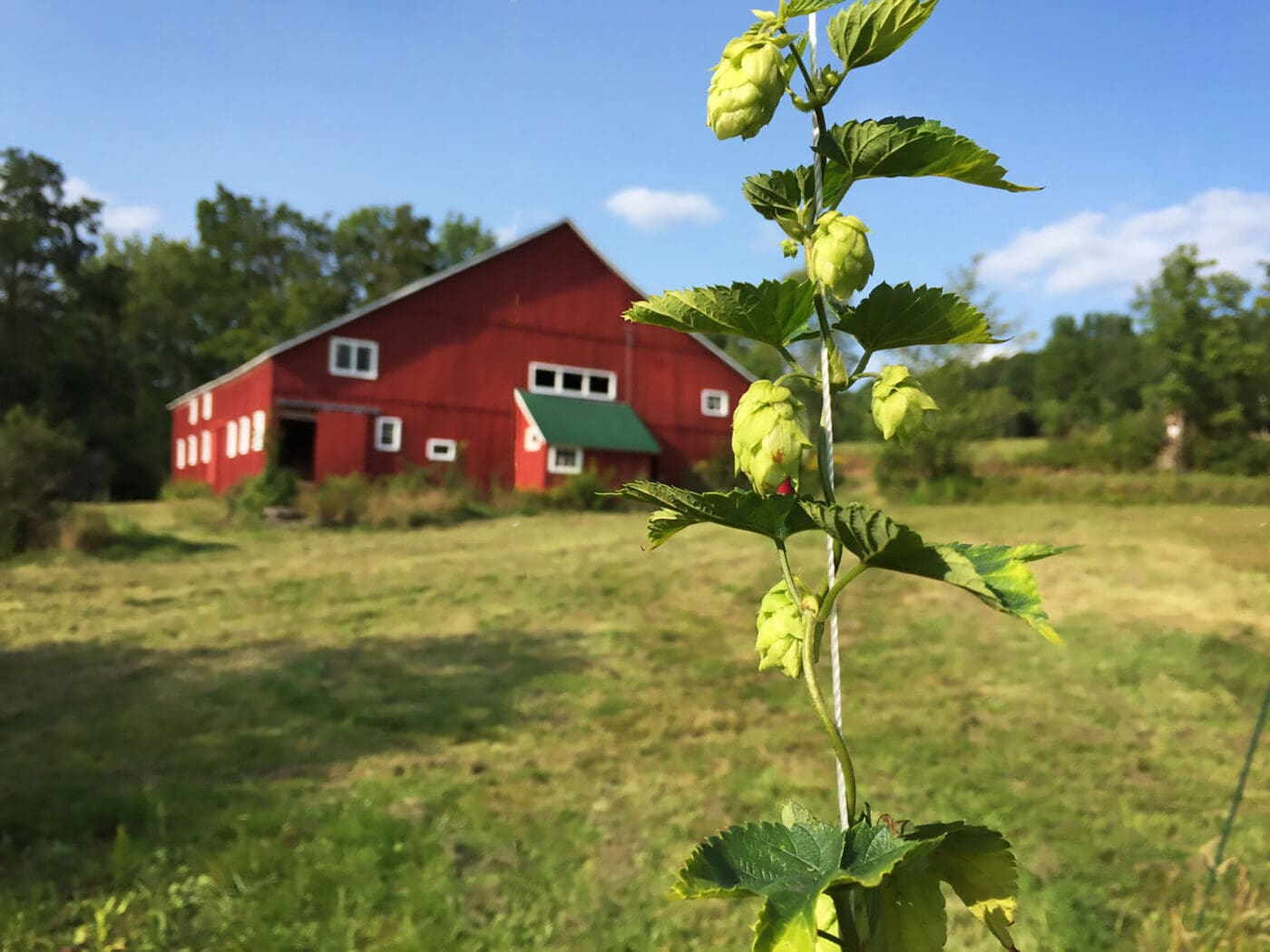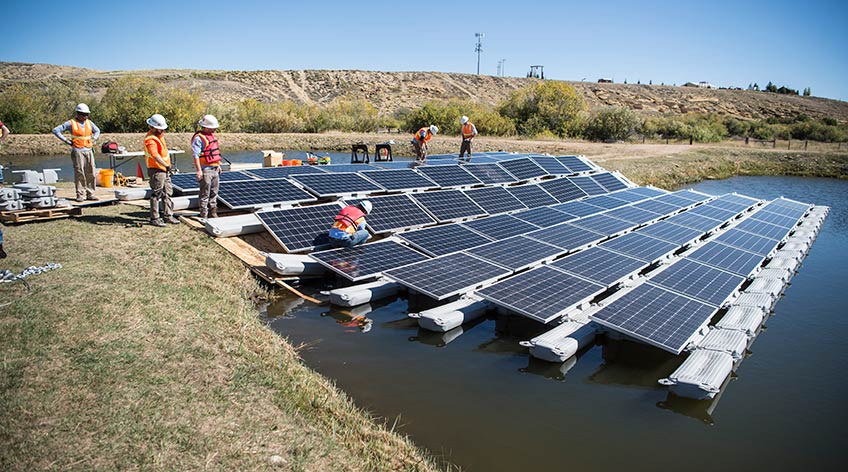Ages before bridges spanned the Hudson, crossing depended on simple boats and a series of ferries along the river. A royal charter issued in 1743 to Alexander Colden, an English trustee, established an official ferry service between modern-day Newburgh and Beacon. With an already rich history as an Indigenous crossing point prior to European settlement, the Newburgh-Fishkill ferry, as it came to be known, would become one of the longest operating routes in the country.
The earliest ferries were flat-bottomed boats, or scows, that rowed or towed passengers and supplies between Newburgh on the west shore and what was then called Fishkill Landing on the east. The cost for such a service ranged from one shilling “for a footman” to one pound for a loaded four-horse wagon and would increase during poor weather conditions.
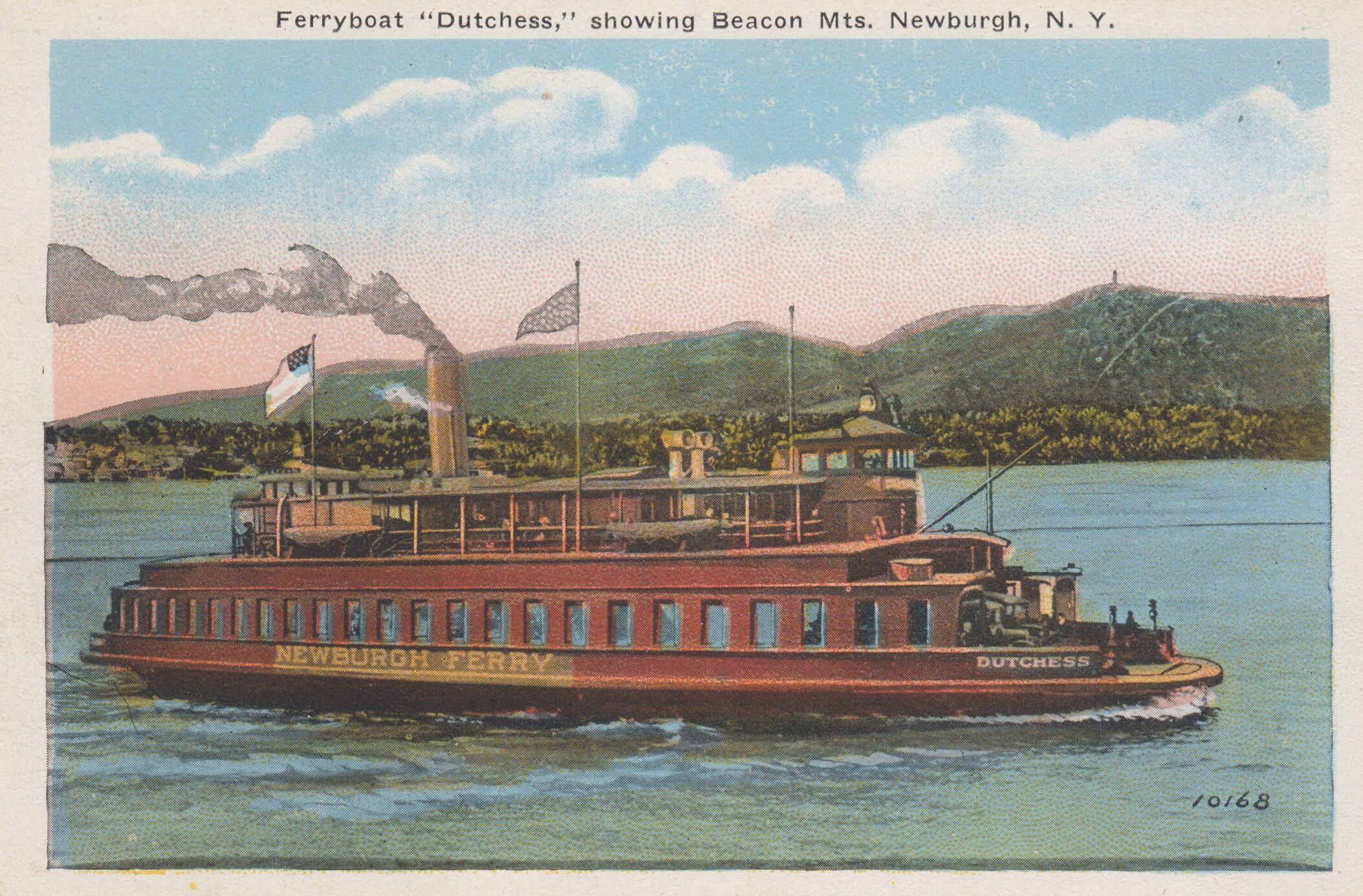
As the Revolution began, the Newburgh-Fishkill ferry was commandeered by the Continental Army and relocated to New Windsor, where it served as a vital supply route across the river. Gen. George Washington was said to be a frequent passenger, and key food and medical supplies were transported to troops by ferryboat. At one point the ferry was fired upon by the British, wounding one person aboard. As the war ended, the ferry resumed operations between Newburgh and Fishkill Landing, relying on two-masted sailboats and rowboats. The first horse-powered boat (the Moses Rogers) followed, using horses that walked rounds on deck to power propulsion devices. But it was quickly replaced by steam-powered ferries.
Over time, the Newburgh-Fishkill ferry service expanded to meet the needs of the growing cities on either shore. For a short bit before the Poughkeepsie Railroad Bridge was built, the steam-powered William T. Hart (at 295 feet long, the world’s second-largest steam-powered ferry at the time) ran between Newburgh and Fishkill Landing, transporting railroad cars destined for New England. Ferry terminals were constructed on both shores, the Fishkill Landing waterfront was redesigned to accommodate increased traffic from the trains and river traffic, and the Newburgh-Fishkill ferry was rebranded the Newburgh-Beacon Ferry as the villages of Matteawan and Fishkill Landing merged to form the City of Beacon.

And as the era of horse-drawn vehicles gave way to cars, a modern fleet of ferryboats was commissioned. The Dutchess (1910) and her sister boat Orange (1914), both built in Newburgh, were designed to cut through ice, and on occasion were called to aid other ice-bound vessels on the river. They were joined in 1938 by the Beacon, one of the largest of all the ferries on the Hudson River.
The Newburgh-Beacon line endured certain hardships over the years, including fires, engine failures, and, in one memorable incident, damage when a steamboat race went awry and a steamer ran into the docked ferryboat Post Boy. (One account described the Post Boy flying from its mooring into the window of a hardware store on the Newburgh shore.) Weather proved the biggest challenge, and ferries caught in mud or ice would sometimes be stranded overnight — with passengers still aboard. There were even instances of travelers disembarking from the ice-lodged craft and walking across the ice to get to shore.
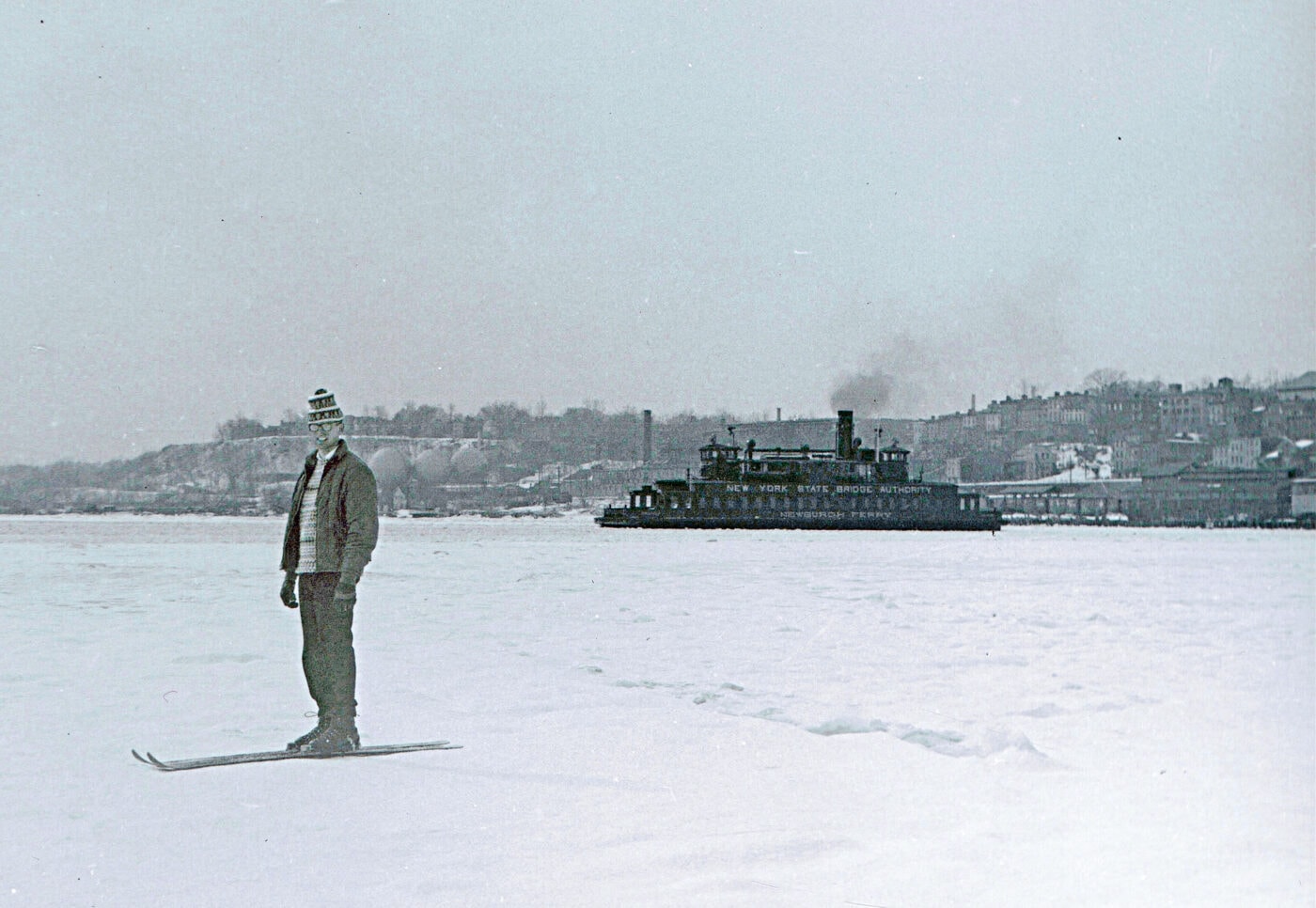
Early captains relied on compasses, alarm clocks to time the journey, and whistles that would echo off land to navigate through fog and other poor conditions. In later years, as vehicle traffic grew on both sides of the river, long waits became common during peak crossing times, even with several ferries running simultaneously.
Despite the occasional setbacks, the Newburgh-Beacon ferry was a beloved institution. Dutchess County students would travel to private schools in Newburgh, families would take weekend excursions, and shoppers would cross the river to spend time and money in the Newburgh shops. Passengers would often purchase tickets just to spend time on the water, catching refreshing river breezes on hot summer days or admiring the Hudson Highlands as the seasons changed.

At their peak, the last three ferries made 52 round trips every weekday, running 24 hours per day. Ridership decreased as bridge crossings were constructed to the north and south, and by the time the New York State Bridge Authority purchased the line in 1956, the ferry business was operating at a loss.
The historic Newburgh-Beacon line was the last remaining ferry service north of New York City when it made its final run on Sun., Nov. 3, 1963, one day after the opening of the Newburgh-Beacon Bridge. Using a special $2 ticket, drivers were able to board the ferry for one last trip before returning across the river via the new bridge. After a full day of transporting passengers, the Dutchess and the Orange met mid-river for a final salute before retiring to shore, signaling an end to 220 years of continuous service to the Hudson Valley.
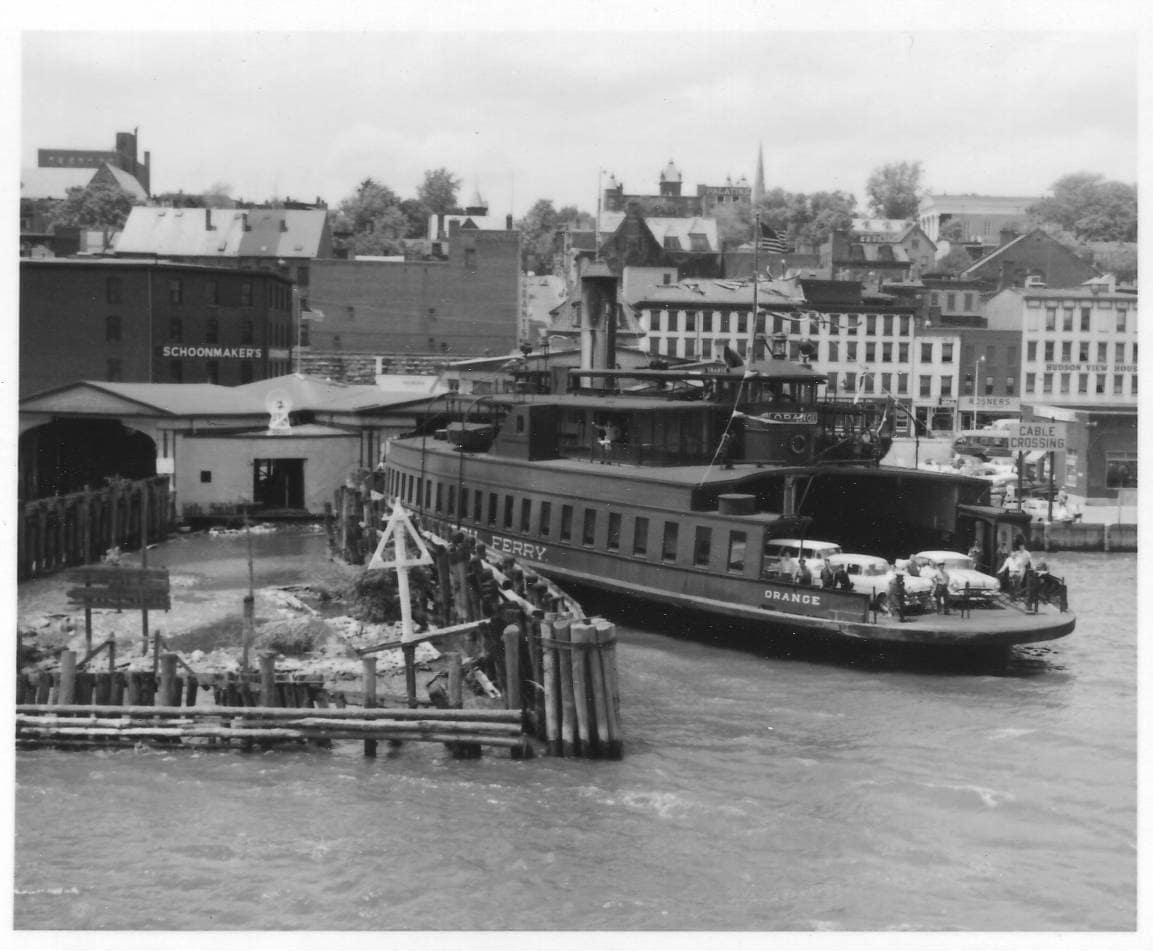
Shortly after, tugboats escorted the Dutchess and the Beacon downriver to be sold for scrap. The Orange was purchased by a New York City-based engineer, who had plans to renovate her for charter trips and historical events. Before those plans came to fruition, vandals destroyed the engine and stripped the boat of valuable items, and the Orange ultimately met the same fate as her sister boats.
Downriver, the Haverstraw-Ossining Ferry was revived in 2000 by the Metropolitan Transportation Authority, or MTA (and still runs during commuter hours and on weekends, operated by NY Waterway). That renewal of service also reawakened public interest in the Newburgh-Beacon Ferry, and passenger-only ferry service was restored at the historic crossing in October of 2005.
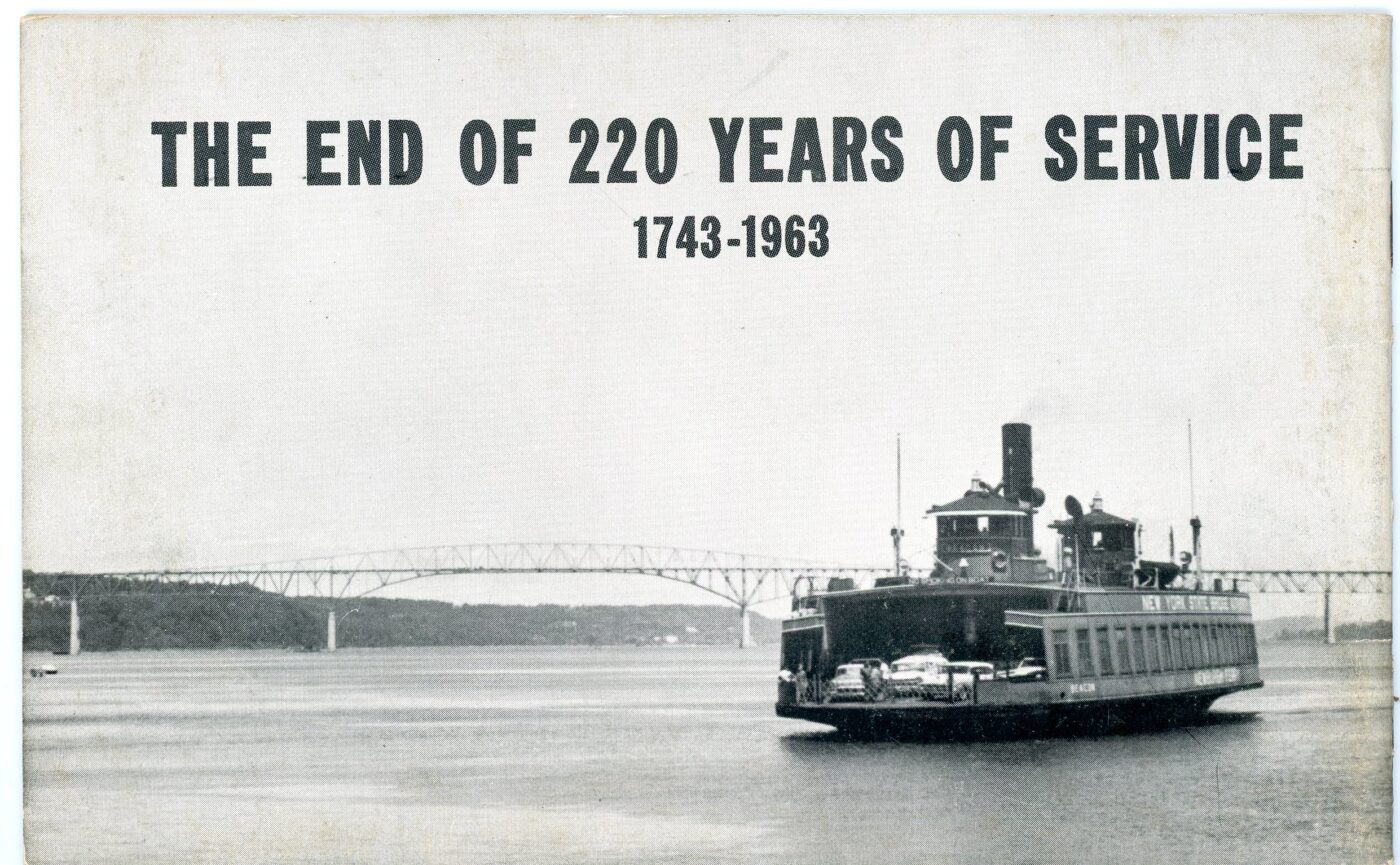
The line remained active for 20 years before the MTA suspended ferry service indefinitely in January of 2025. Never count out such a long-running and crowd-favorite way to cross the river, though — a movement to revive the service has again begun, with community rallies, public petitions, and pleas to Gov. Kathy Hochul from the likes of Congressman Pat Ryan and State Sen. Rob Rolison. Will there be another chapter in the Newburgh-Beacon ferry’s centuries-old story? Stay tuned.



